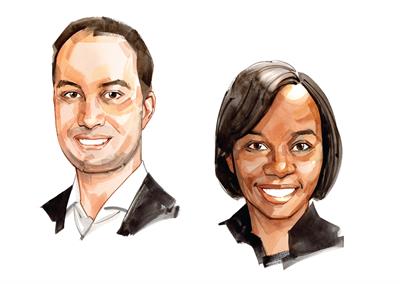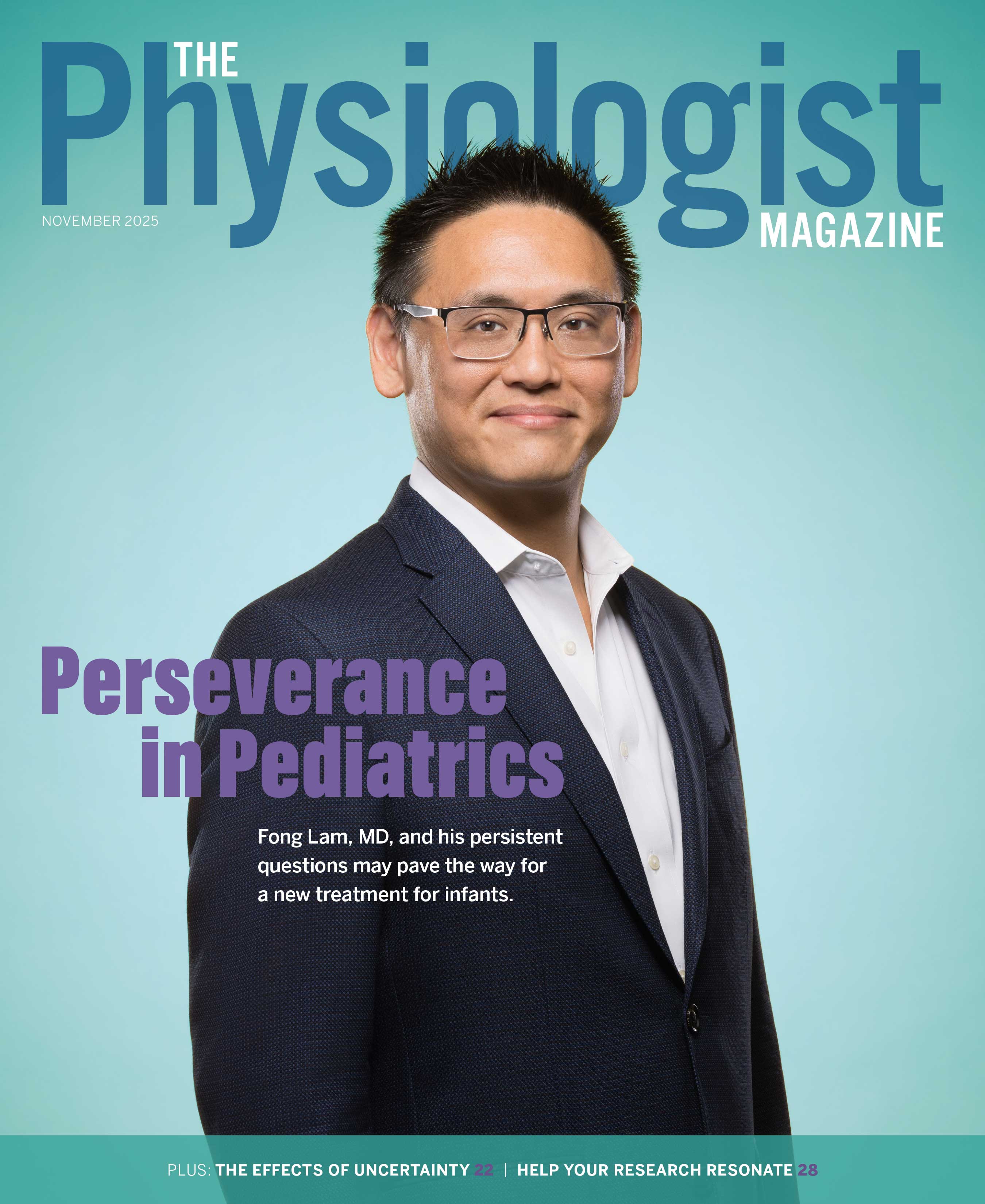
Each issue, we’ll ask a trainee to pose their career questions to an established investigator and mentor. Here, Bryce Balmain, PhD, a postdoctoral research fellow at the Institute for Exercise and Environmental Medicine in the Department of Internal Medicine at the University of Texas Southwestern Medical Center, asks Keisa W. Mathis, PhD, assistant professor at the University of North Texas Health Science Center at Fort Worth, for advice on a critical moment for early-career researchers: starting your own lab.
Q: During the transition from postdoctoral fellow to a faculty position, there is likely going to be a significant decrease or halt in research output/productivity. How is this typically viewed when applying to major grant funding bodies? Do you have any strategies to help mitigate the impact of this?
A: My strategy was to state the transition period as a delay in productivity in the personal statement of my biosketch. Briefly, I had about an eight-month delay in getting my lab up and running because I literally had to start from scratch.
I had to work with architects; I had to purchase every bit of furniture, from lab benches to chairs. I had to order all equipment, stock the lab and obtain animal research approval. It was a process, but in the end, so rewarding. Now, I have so much
pride in the lab because I know I built it from scratch.
I have applied for many grants, and although my productivity has been debated, I don’t think the transition period is considered. That may be because it is now somewhat expected.
I still think it is OK to remind them about this somewhat unavoidable delay, so this is why I put the information in my biosketch.
Q: Are there any tips or suggestions you could offer to early-career researchers who are looking to start their own independent laboratories in the near future?
A: Take pictures of everything! Visit as many labs as you can. Take pictures of equipment you use and would like to buy for your own lab. Document company names, product numbers, etc. Also, take pictures of different setups in the lab just in case you want to use a similar setup in your own lab. There is no use in reinventing the wheel, especially if you already know what works. You can print the pictures and make a photo album for easy access.
Q: Are there things from your own experience that you would highly recommend to others, or alternatively, are there things that you wish you had done differently?
A: Before purchasing equipment, decide if there is equipment you can save money on by sharing with someone else. Don’t be impressed by the “bells and whistles” that some companies offer on their products. For example, I purchased a plate reader with a touch screen because I thought it would be cool to have. Well, the touch screen, which was a basic Surface, went out within three years of purchase. The company wanted to charge nearly $5,000 to replace it, although it was worth less than $1,000. Needless to say, I had to settle for attaching a laptop to the plate reader and having a non-functional touch screen!
Got a career question you'd like to submit? Email it to tphysmag@physiology.org. We may use it in an upcoming Mentoring Q&A.
This article was originally published in the May 2021 issue of The Physiologist Magazine.
The Physiologist Magazine
Read the Latest Issue
Don’t miss out on the latest topics in science and research.
Contact Us
For questions, comments or to share your story ideas, email us or call 301.634.7314.
“I had about an eight-month delay in getting my lab up and running because I literally had to start from scratch. … It was a process, but in the end, so rewarding.”


